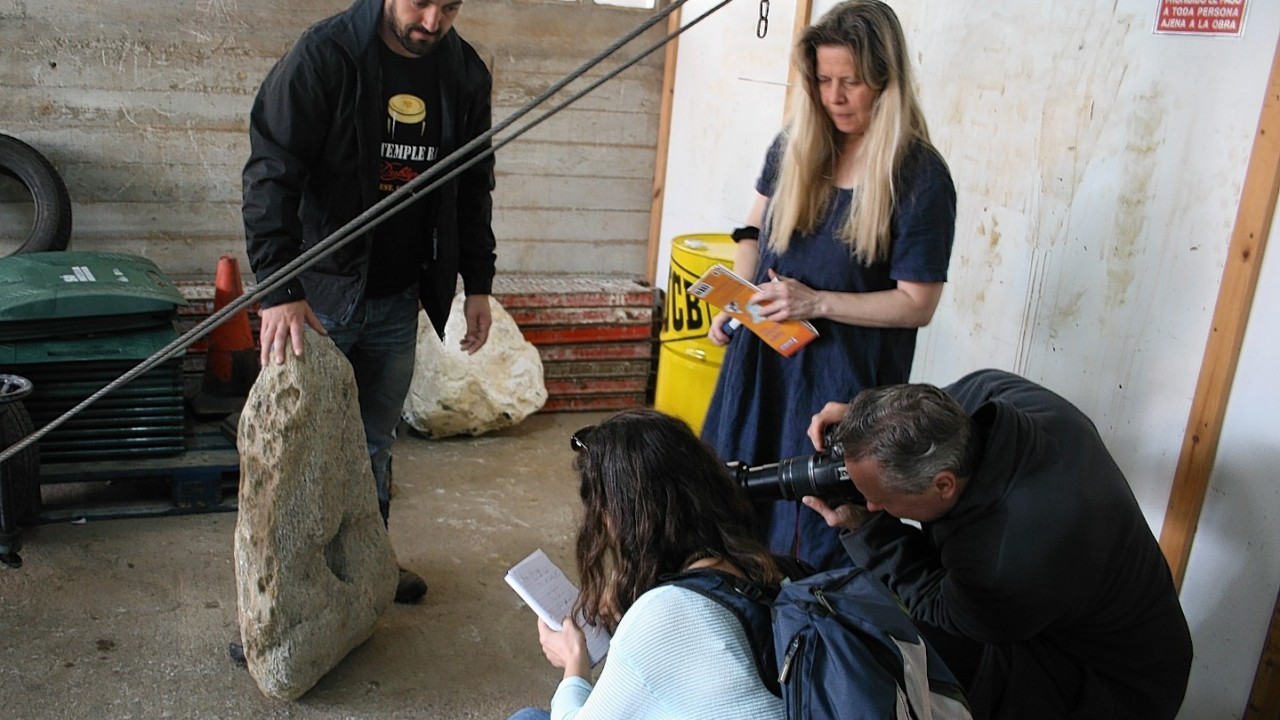


Longphorts waren wesentlich für die wirtschaftliche Prosperität der Wikinger. Es wird angenommen, dass später Zweck dieser Plätze war den Handel in der Region zu erleichtern.

Die Camps waren für die Wikinger während ihrer Überfälle auf die Kirchen und Klöster in Irland von Bedeutung. Longphorts wurden oft an den Unterläufen größerer Flüsse errichtet, so dass die Wikinger sowohl Zugang zum Meer als auch ins Binnenland hatten und Schiffe anlanden konnten. Longphort (irisch „Schiffshafen“) entstand als ein Begriff für befestigte Wikingersiedlungen an der Küste Irlands im 9.La majoria d'aquestes fortificacions navals no van perdurar, però d'altres com a Dublín es van convertir en grans ciutats igual que d'altres establiments nòrdic-gaèlics d'èxit com Corcaigh, Waterford, Wexford i Limerick. També apareix a les descripcions dels establiments de Waterford el 914 i Limerick el 922, possiblement per les forces de la dinastia dels Uí Ímair. La paraula apareix per primera vegada a Irlanda l'any 841 als Annals irlandesos amb els establiments vikings en i Dublín. Estaven situats en llocs per facilitar la defensa, ben abrigats i amb ràpid accés al mar. Aquestes fortificacions navals estaven emplaçades a les ribes dels rius, de vegades a tots dos flancs per a la defensa durant l'ancoratge i amarratge dels vaixells. Els primers longphorts van ser construïts com a llançadores per a les incursions vikingues a la Irlanda medieval. Longphort és el terme que usaven a Irlanda per al moll d'amarratge assignat a un vaixell viking, o una fortalesa naval a la riba.Early Medieval Ireland,400-1200, (New York: Longman, 1995)Įdwards, N. Medieval Ireland: the enduring tradition, (Dublin: Gill, 2005) The Vikings in Ireland: trade, settlement and urbanisation (Dublin: Four Courts Press, 2008) Seán Duffy (ed.), Medieval Dublin VIII(Dublin: Four Courts Press, 2008) Seán Duffy (ed.), Medieval Dublin VI (Dublin: Four Courts Press, 2005)
#LONGPHORT VIKINGS PATCH#
This makes more sense than the semi rural theory however this is largely disproved by the 9th century discoveries in Templebar talked about in the podcast marked by the red patch on the map.

The other dominant theory suggests longphort was situated further up river closer to the graves found at Kilmainham. Although it appears the Vikings eventually reached a non confrontational relationship with its surrounding Gaelic neighbours it’s unlikely that such a vulnerable settlement would be constructed particularly after the sack of 849. One such theory has argued the longphort was semi-rural in nature spreading all along the southern bank of the river with a fortification to provide safety in times of attack. There are two other theories however these seem less likely the more we understand the 9 th century. This location is not the only suggested location. This pool has also been filled in, but this map gives some appreciation of the advantages this natural harbor provided the Vikings. The blue circle roughly marks the site of the pool – An Dubh Linn or Dublin as we know it. In the 9 th Century this site was flanked by the Liffey to the North and the Poddle which has since been channeled in tunnels beneath the city, (if you walk up Dame street, it dips just before Dublin castle beneath this dip the Poddle flows toward the Liffey). The map below shows the rough location of the site of the longphort which is marked in red. However by the late 840’s Gaelic Ireland struck back and the Vikings changed their tactics by forming alliances with Gaelic kingdoms. The 820-40’s saw the Vikings step it up a gear as vast fleets attacked Ireland and establish bases called longphorts around the coast.


 0 kommentar(er)
0 kommentar(er)
